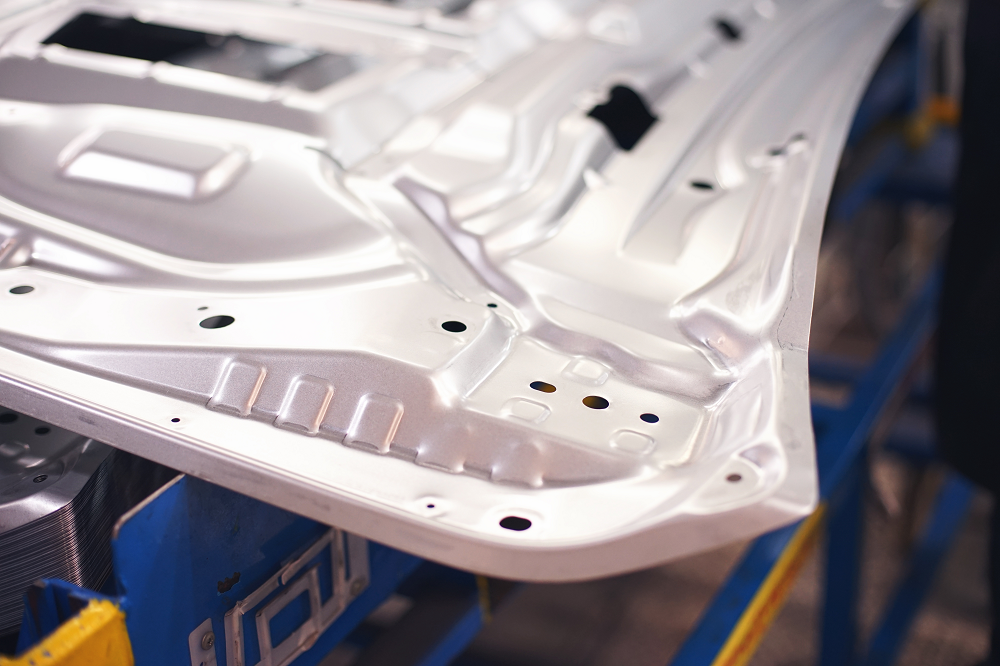After two years of disruption, manufacturing demand is returning to — and even exceeding — pre-pandemic levels. And even though forming and stamping were some of the biggest areas affected by COVID-19, industry leaders finally see a path forward, too.
Despite pandemic-induced disturbances, from skilled labor shortages to supply chain delays, the forming and stamping market is on track to reach a value of $286.45 billion by 2025, up from $233.27 billion in 2017.
Let’s look ahead at some of the biggest trends and developments expected to make waves in the forming and stamping industries.
More Innovative Designs With Digital Technology
Advancements in previsualization programs have transformed engineering for years, making it easier to design and create complex parts in less time. Now, as the virtual shift grows more popular in the post-COVID world, technology will become even more integrated with daily production management.
Equipment such as optical scanners, which record and digitize dies and stampings, are already helping manufacturers modify their tooling in real time. Other software allows manufacturers to predict sheet metal formability, so they can make adjustments before risking defects on workpieces.
In addition, artificial intelligence and machine learning technologies have proven to be increasingly efficient at analyzing how dies process, sheet metal types, press lines, and other production attributes, so manufacturers can reduce risks associated with machinery and production.
Higher Demand for Deep Draw Manufacturing
Digital design advancements help engineers create more complex, seamless parts out of single workpieces, knowing well before production whether or not they’re viable. However, even the most carefully designed pieces need advanced forming and stamping fluids to ensure high-volume, high-quality production. After all, the real profit potential of a manufacturing operation is in its ability to quickly and consistently produce parts with little to no rework.
Fluids for severe, deep drawing operations, including pre lubes such as WEDOLiT N 22-3, ensure parts are stamped free of defects, which will help reduce scrap rate and provide corrosion protection all in one product.
More Sustainable Production
Sustainability is a hot topic in manufacturing, especially in terms of minimizing waste. Upgrading production methods and forming fluids to reduce scrap rate and fluid consumption are some of the best ways to operate with the environment in mind.
Many forming fluids in the WEDOLiT catalog provide advanced capabilities and corrosion protection, which eliminates the need for multiple products and production steps. Combining multiple steps cuts overall energy and resource consumption, too.
Wider Use of Advanced High Strength Steels
Advanced high-strength steels (AHSS) have become a preferred material choice for automotive manufacturers, thanks to their ability to increase fuel efficiency without sacrificing durability or safety.
Taking advantage of AHSS requires the latest generations of forming fluids. WEDOLiT next-generation products are specifically designed for defect-free deep draws of the toughest materials in manufacturing.
A New Decade for Stamping and Forming
As demand returns to pre-pandemic levels, the landscape for the forming and stamping market looks different than in years prior. However, with the right metal forming fluids, manufacturers will have what they need to succeed.
For more information or to learn about how Master Fluid Solutions can help your forming and stamping operation, call +1 800-537-3365 or email us at [email protected].

